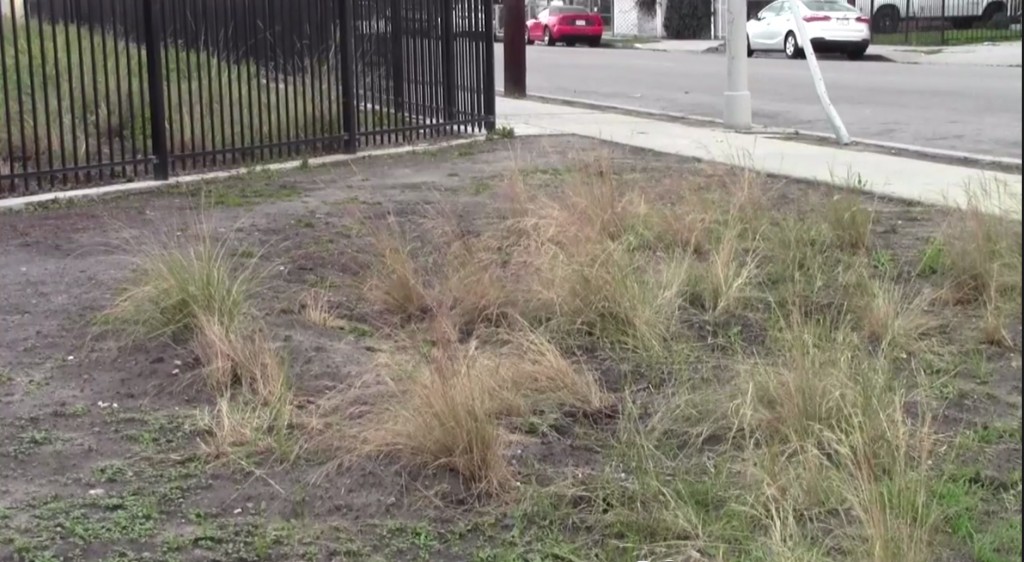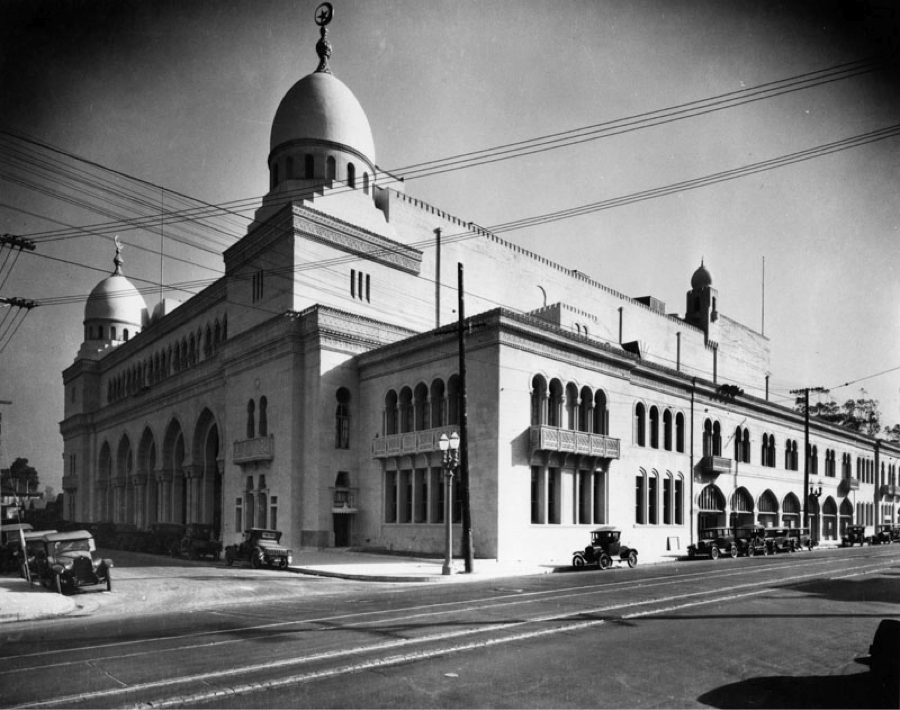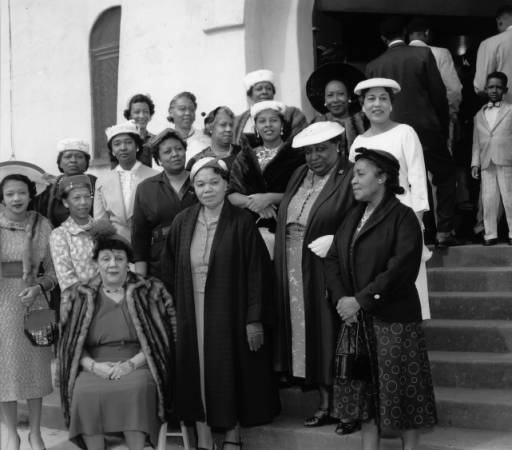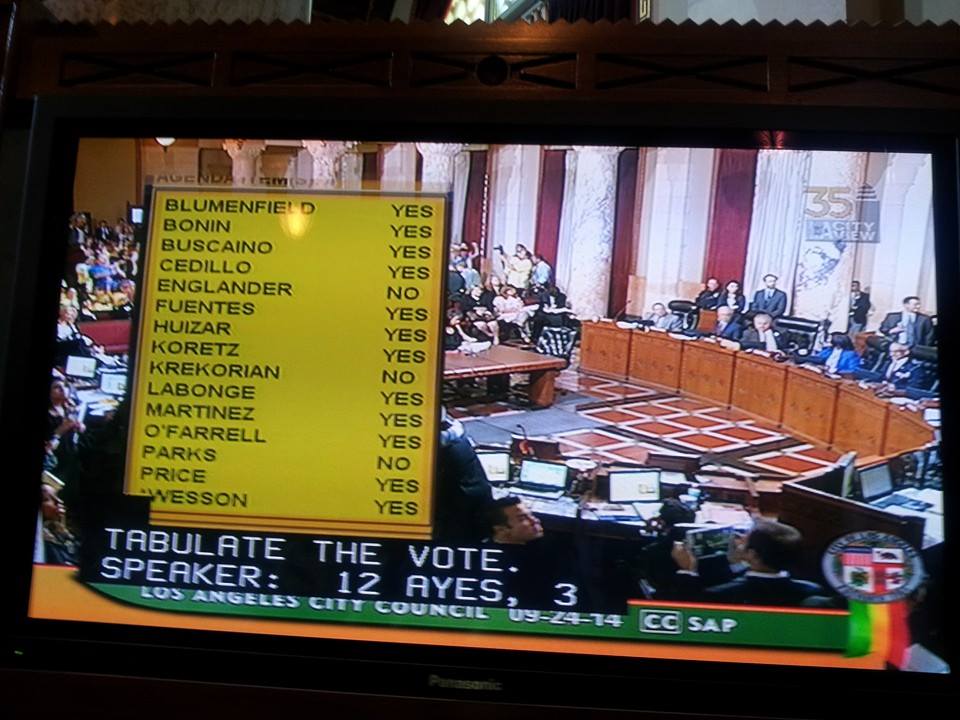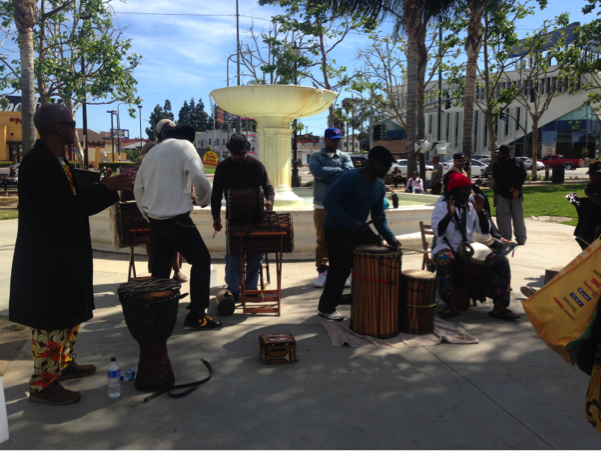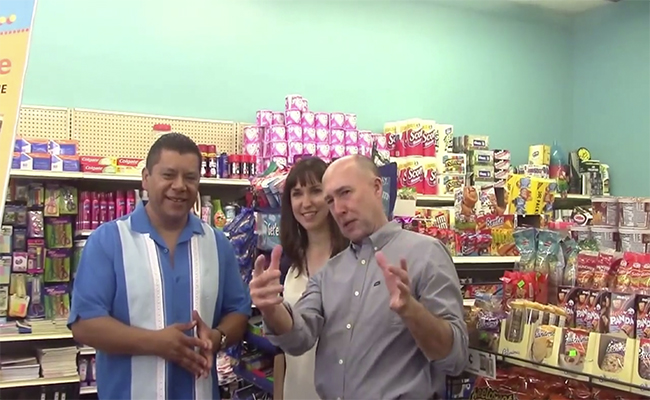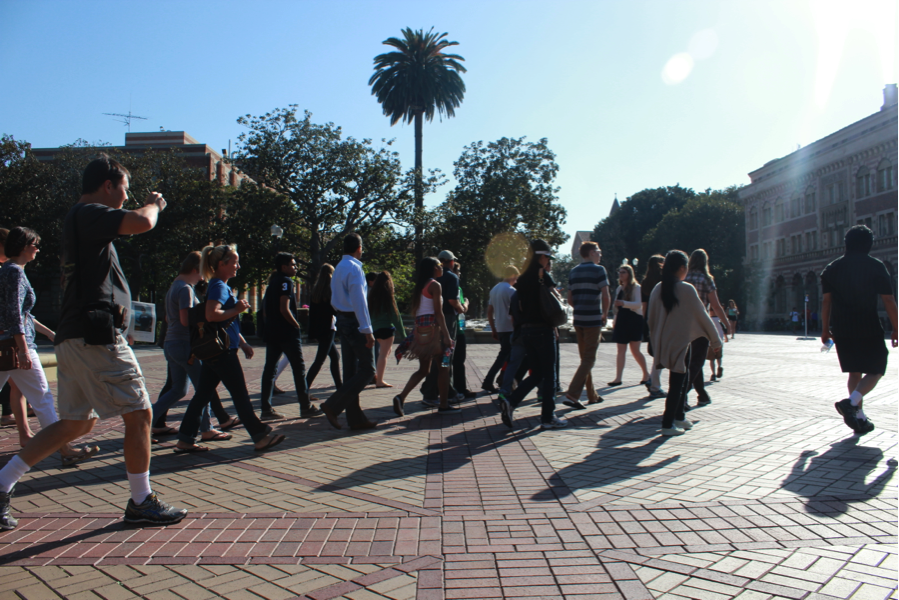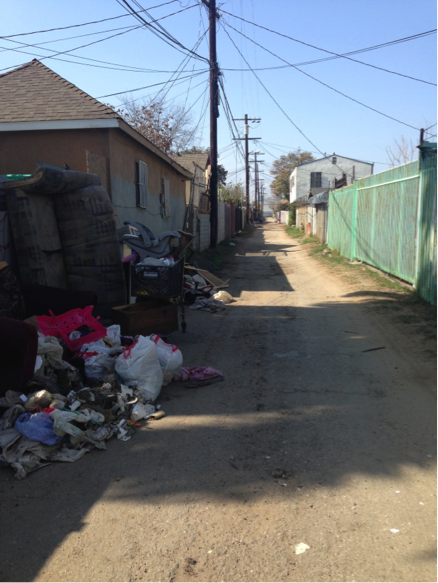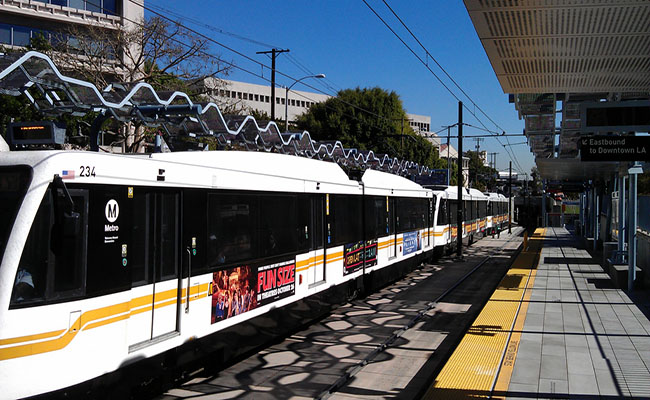More farms might begin cropping up around South Los Angeles thanks to a proposed bill by the Los Angeles City Council.
Council members Curren Price and Felipe Fuentes recently introduced a motion to provide a property tax adjustment for private landowners who convert their vacant plots into “urban farms,” which the city council defines as commercial ventures that sell food.
The authors of the bill, entitled the Urban Agriculture Incentive Zones Act, said they see the property tax adjustment as a way to encourage landowners who are not using their property. Parcels of land between 0.10 and 3 acres in size would be eligible for the tax breaks.
The Los Angeles Food Policy Council, which has supported previous green initiatives taking place in South L.A., estimates 8,600 parcels in the city could be eligible. To get the tax adjustment, the land must be used for agriculture and educational purposes.
See also: Green alleys to take root in South LA









